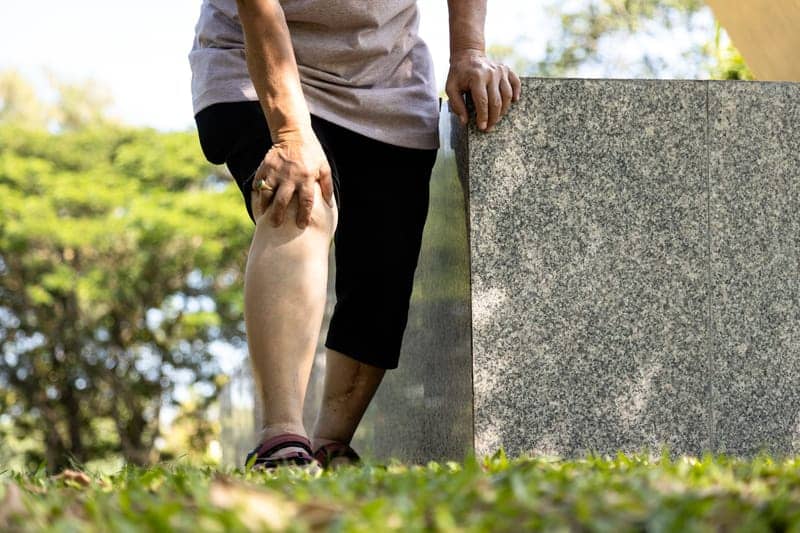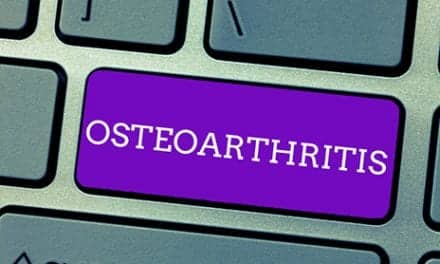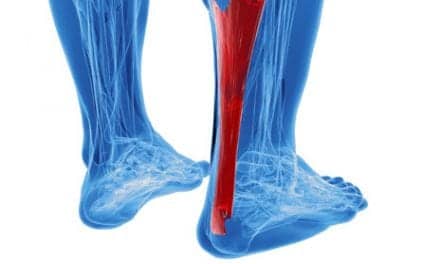A team of researchers at the University of Malaya in Kuala Lumpur, in collaboration with health professionals from Pakistan, conducted research to assess the significance of rehabilitation exercises for osteoarthritis patients that had weight-bearing loads on their knees. Their study appears in Current Rheumatology Reviews.
“There is a gap in medical literature for utilizing the rehabilitation exercises of major muscle groups of lower limbs in non-weight bearing positions in overweight and knees of obese osteoarthritis patients.”
Muhammad Tariq Rafiq, Study Lead Author and Professor, University of Malaya
Therefore, the team focused on the effects of rehabilitation exercises on the lower limbs on weight, functional strength, and exercise adherence in these patients, a media release from Bentham Science Publishers explains.
Two Groups
The study included 2 groups (one control group and one rehabilitation group) 56 knee osteoarthritis patients with a BMI above 25 units aged between 45 and 60 years and knee radiographic score of 2 or 3 according to the Kellgren and Lawrence grading scale.
The patients in the rehabilitation group performed rehabilitation exercises of the lower limbs three times a week for 12 weeks. Each exercise session lasted 45–60 minutes. The patients in the CG adhered to general daily care instructions for a duration of 12 weeks.
General care instructions covered guidelines on mobility (avoidance of stair climbing and jogging) and reduction of body weight by healthy eating (avoiding eating fatty and sugary food). Information about each patient’s vitals and exercise adherence was collected at after 12 weeks of the interventions.
The researchers noted that the patients in the rehabilitation group reported a statistically more significant improvement in functional strength and reduction in weight than the control group (p = <0.001). The same observation was made for adherence to general care instructions.
“This may be due to the effectiveness of exercises of the lower limbs in the rehabilitation group. Exercises of lower limbs may affect the strength of lower limb muscles,” Rafiq adds. “We see that home-based exercise intervention may be effective for relieving knee Osteoarthritis symptoms and increasing physical functioning.”
[Source(s): Bentham Science Publishers, Newswise]
Related Content:
OPUM and Thuasne Group Partnership Brings Artificial Intelligence to Osteoarthritis Bracing
How Fat Grafting Could Aid Osteoarthritis Knee Function
Osteoarthritis: Digital vs Traditional Treatment





